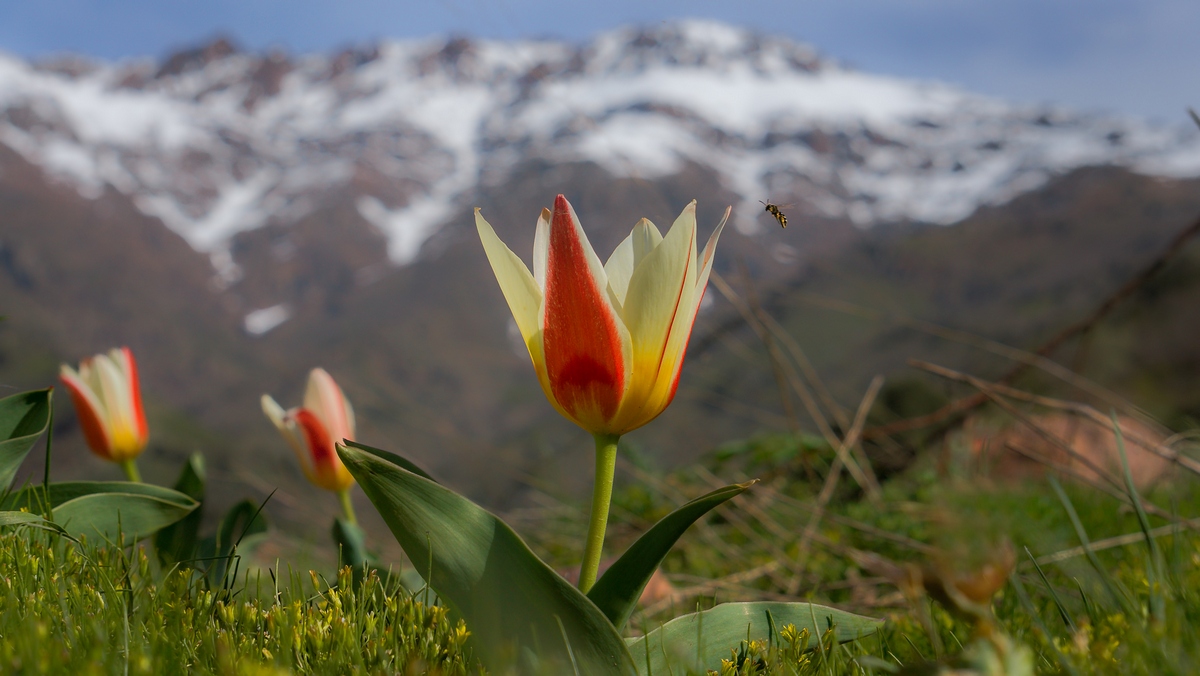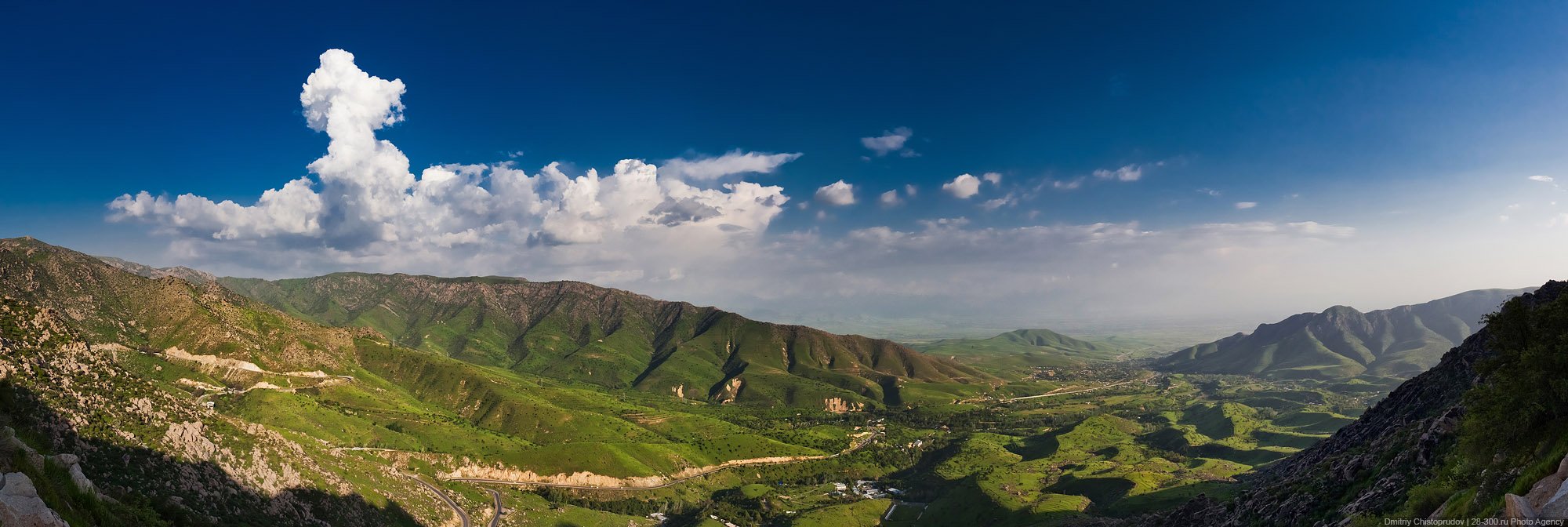

Uzbekistan occupies the west of the Ustyurt Plateau in the west to the east of the Fergana Valley. The country borders with Kyrgyzstan, Kazakhstan, Tajikistan and Turkmenistan.
Most part of Uzbekistan – it’s plain, one of the main lowland areas is Turan lowland. A significant portion of lowland occupies the Kyzylkum Desert; it is located across the interfluve 700 kilometers from the Aral Sea to the foothills of Western Tien Shan and Gissar-Alai.


About forty percent of the territory in Uzbekistan is given sandy, clayey and stony deserts. In the spring in desert bloom tulips, irises, red poppies. Also in the desert you can find wormwood, sand acacia, camel thorn, various shrubs. These plants are used and adapted to live in the desert.
Among the animals in the desert lives snakes, turtles, lizards.
Uzbekistan is in the depths of the Asian continent, thousands of kilometers from the seas and oceans, the country has no coastline, only 420 kilometers of coast Aral Sea.
The critical situation formed in the Aral Sea. So over the last decade in some places the water is gone from the shores to eighty kilometers. Uzbekistan concerned with saving the Aral Sea, together with other countries.


Uzbekistan has a continental climate. Here are sudden changes in temperature. For example, in the highlands by day can stand the hot weather and when sun sets, temperatures can drop dramatically. Summer in Uzbekistan hot and winters are relatively mild, sometimes can be severe frosts. Spring in this region – it is the time of flowering, it occurs usually fast, but may be accompanied by rain. And autumn is the time for Uzbekistan with mild temperatures and an abundance of fruits and vegetables.
All the beauty of nature you could see in the reserve. There are nine nature reserves in Uzbekistan, they possess the rare natural landscapes.
Natural monuments can be seen by walking through the streets and squares of Uzbekistan – these are trees that had crossed the centenarians. And such as the elm tree, there may be up to two thousand years, in the Ferghana Valley, you could see trees, which marked five hundred years. Those who like horse riding can carry it along the foothills, while taking in the exotic nature and the meeting on the way alpine rivers, unique animals and colorful flora.
